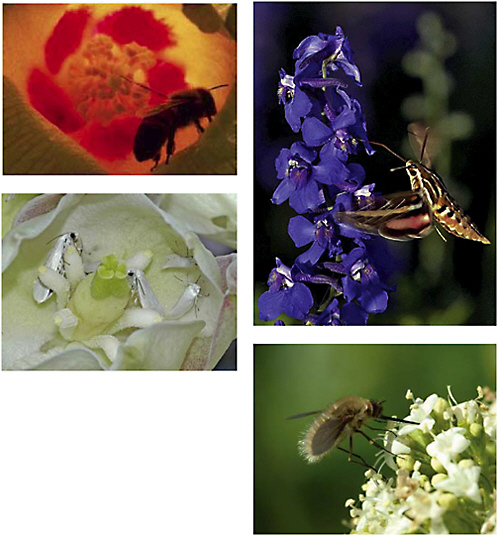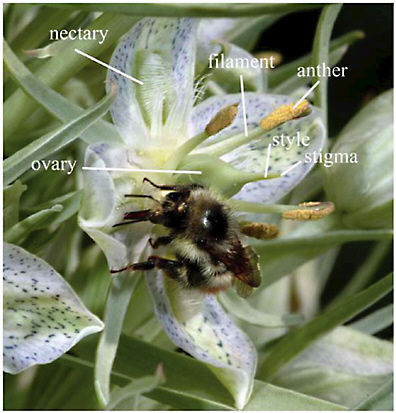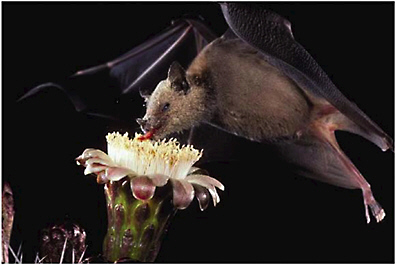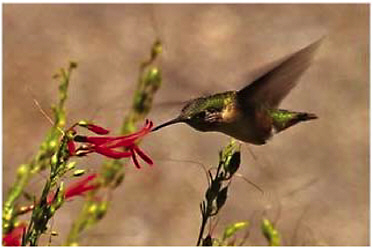
Pollinators—insects, birds, bats, and other animals that carry pollen from the male to the female parts of flowers for plant reproduction—are an essential part of natural and agricultural ecosystems throughout North America. For example, most fruit, vegetable, and seed crops and some crops that provide fiber, drugs, and fuel depend on animals for pollination.
This report provides evidence for the decline of some pollinator species in North America, including America's most important managed pollinator, the honey bee, as well as some butterflies, bats, and hummingbirds. For most managed and wild pollinator species, however, population trends have not been assessed because populations have not been monitored over time. In addition, for wild species with demonstrated declines, it is often difficult to determine the causes or consequences of their decline. This report outlines priorities for research and monitoring that are needed to improve information on the status of pollinators and establishes a framework for conservation and restoration of pollinator species and communities.
READ FREE ONLINE








